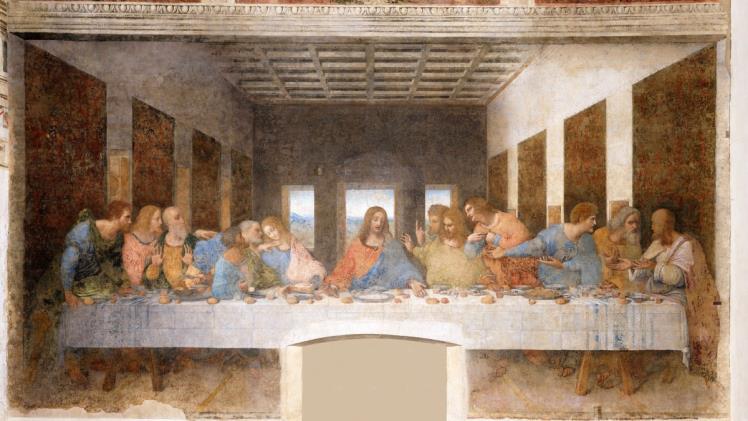Romanticism in Art, Literature, and Music

The first time the term “romantic” was used to describe a painting was in the eighteenth century. The Romantic movement sought to bring art back into the public domain, where it was accessible to all. Romantic artists worked with the natural world, which they regarded as an ideal setting. Several artists also took up supernatural themes. As a result, the Romantic period is also marked by a large number of works of art.
In contrast to Dada, which used a unified approach to create art statements about the World War I, Romanticism embraced a variety of subjects. From the conflicts between Britain and France in the American colonies to nature’s many forms and colors, Romantic artists reimagined everything, from a tree to a cloud. Unlike nature, romantic art had no moral quality or purpose but instead sought to create imagination.
By visit for multiple topics News Mylifestyleevent and Newsgallery
Prosper Merimee was another prominent member of the Romantic movement. The writer of Carmen, he was also influenced by German and Middle Age thought. He was also a reactionary Christian nationalist. A second generation of Romantic writers, called radicals, fled the country. They embraced the new movement, writing a series of poems on the theme of “bloodshed.” In addition to their literary works, some Romantic artists were linked to politics in the time.
A common example is Beethoven’s symphonies, which “shifted the terrain” in classical music. In addition to demonstrating Romantic Era characteristics, Beethoven composed autobiographical works and named his movements. While the Romantic era is generally regarded as ending in 1850, the four Last Songs by Richard Strauss are a notable exception. They were written during the late Romantic period, which is generally regarded as the beginning of the Modern and Post-modern eras.

